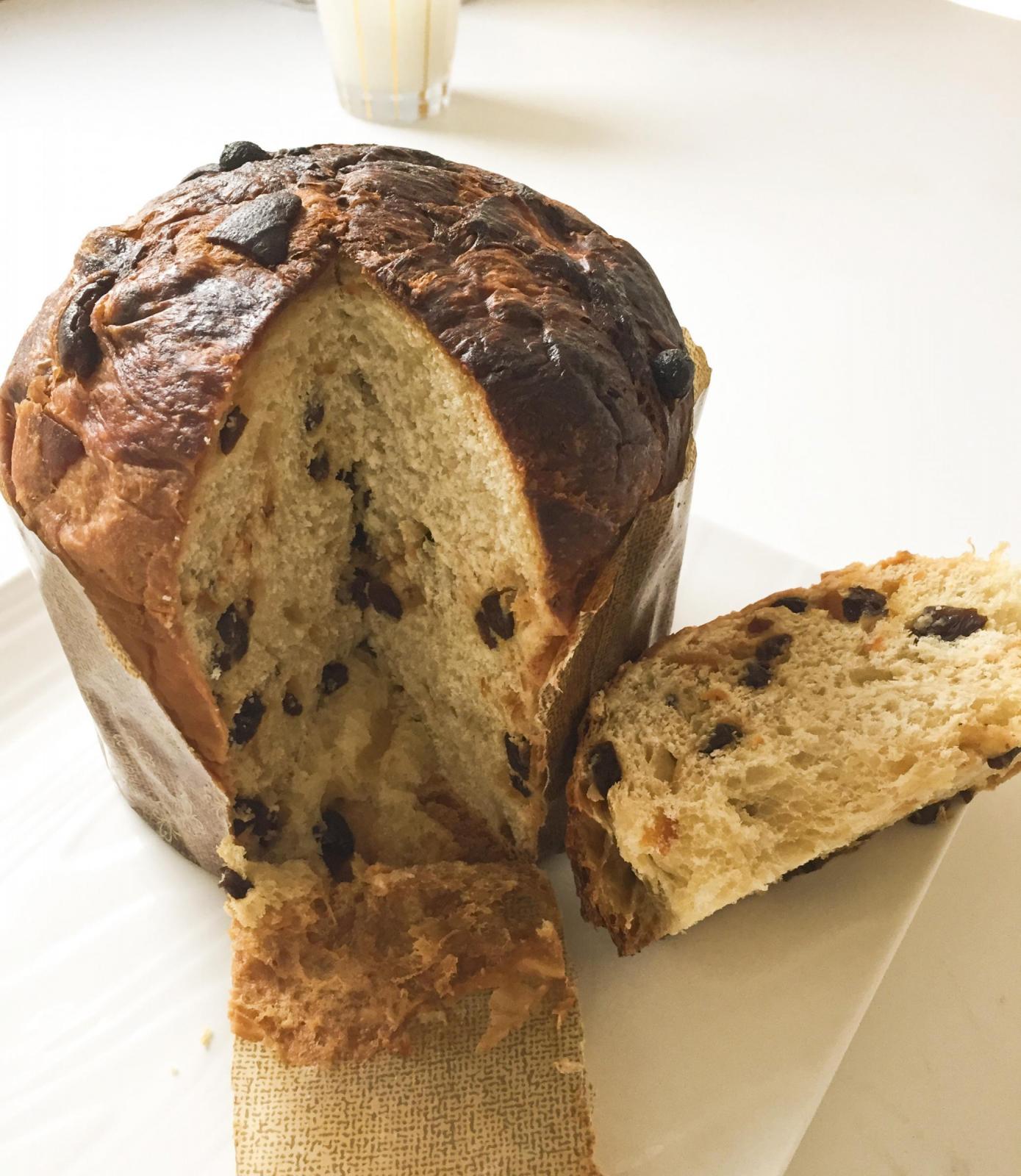Didn't know making panettone was a challenge until I read a recent article on the New York Times referring to this traditional Italian bread as "the Mount Everest of baking." I tasted an exceptional piece of panettone made by Jim Lahey. Met him on his book tour in New York city when he spoke about his new book The Sullivan Street Bakery Cookbook. How difficult could it be to make the panettone armed with a detailed five-page recipe in the cookbook? This is what I've found.
Bread bakers deal with this process everyday: 1) prepare a preferment, 2) mix the dough, 3) bulk ferment 4) shape the dough, then 5) proof and 6) bake the bread. A fairly linear approach going from start to finish; done it, been there many times before. There are a few indispensable things to keep in mind. Among them, you'd need: a lively stiff starter, a stand mixer, panettone molds and long metal skewers. None too daunting. What I was not prepared was how long every stage of the process took. How many times I thought nothing good could possibly come out of this?
I'm starting to understand climbing Mount Everest requires endurance, a clear and focused mindset, a firm belief that you'll reach the destination and the discipline to ward off negative thoughts and resist messing around unnecessarily. It dawns on me that a recipe is just a set of guidelines; it's what we do with it that matters the most to the final outcome.

This Jim Lahey's recipe works, unequivocally. It's perfectly balanced. I have to keep reminding myself to stop messing around on the edges. It may take longer than 24 hours to get the preferment ready, 15 minutes at high-speed in the stand mixer to emulsify, 48 hours for the dough to quadruple during the bulk rise, 7 hours to get the dough to rise to the top of the panettone mold and 55 minutes to bake and several more hours for the inverted panettone to cool completely.
Who knows the unrelenting waiting game, especially if you haven't done it before (or you are type A like me), is the secret to a successful panettone? The panettone is weightless, cotton-candy airy, delicate, indulgent and far better than anything I've ever bought. More important, it's not about the bread. It's about a long and arduous journey, while keeping the hands and impulses (after all, I'm the master of the universe!) from interfering the dough and leaving it alone. Yes, sometimes it may take longer than you believe is sensible. That's the real challenge and a humbling experience.
Happy holidays to you all!
P.S. I have given these breads as gifts, therefore no crumb shots. I have another batch waiting.... Will post the interior pictures in a day or two.
Postscript:12/25
Finally, some crumb shots. Not too shabby. Certainly, there is room for improvement!


